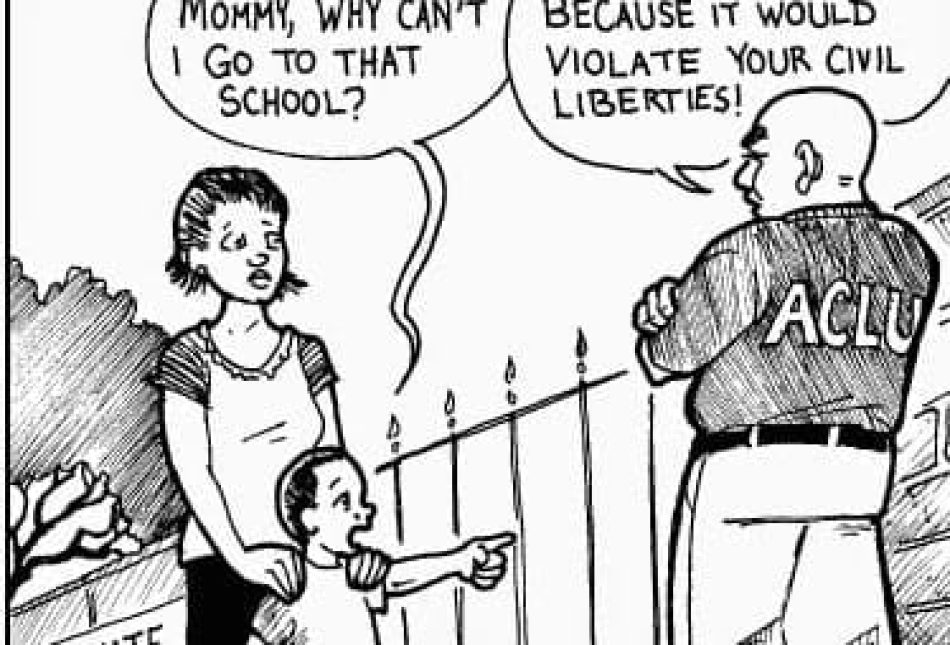Children are the Losers as Education Productivity Lags Overall Economy

There has been a lot of negative talk recently about the struggling American economy. Most of us are all-too-aware of falling house prices, slowing economic growth, and the possibility of recession.
While all of us should be concerned about the short-term economic prospects for our nation’s economy, the long-term track record of the American economy is very good. Productivity has risen consistently over the years and by any objective measuring stick, Americans are living better, more fulfilling lives than ever before.
This improved standard of living is the direct result of improved productivity. The fact that we as a society are able to bring more goods and services to more people using fewer resources – human or otherwise – is a big reason that we can afford better cars, bigger, better televisions, and other things that make life richer and more comfortable.
While productivity has grown exponentially in technology-intensive areas and other “cutting edge” areas of the economy, the gains have not been shared by other areas of the economy. In fact, in his new study, “Elementary Principles of Monopoly: Government-Run Schools Get Less with More,” Rio Grande Foundation fellow Dr. Harry Messenheimer, clearly shows that K-12 education in New Mexico and Hawaii is falling behind the rest of the economy due to poor productivity.
Messenheimer uses productivity data from the Bureau of Labor Statistics (BLS) and compares it with testing data from the National Assessment of Educational Progress and setting it against data on school funding and student populations. The contrast between our relatively free economy at large and our taxpayer-financed, government operated, K-12 monopoly is stark.
Since 1992, while productivity in our broader economy has grown by 41 percent according to BLS data, productivity in New Mexico schools has fallen by 22.4 percent.
Since improved productivity means doing more with less, declining productivity means that schools are doing less while consuming more resources. Since higher productivity makes us better off, lower productivity in our schools means that students are learning less than they were just 16 years ago.
So, what is the solution? The simple answer is to make our schools more like the rest of the economy. This can mean different things, but it probably does not mean that government should both provide the service in question (education) and have a taxpayer-financed monopoly.
One indicator of just how much government controls our schools is the fact that even in programs like food stamps the government doesn’t actually grow the food. Rather, it taxes the rest of us in order to provide a benefit for those who presumably cannot afford it otherwise. Food stamps are nothing but a voucher program for food. Vouchers are viewed as a “radical, free market” proposal in the realm of education.
Many free-market reformers might prefer to see our schools change in the freewheeling, innovative image of Google, but this is probably too much of a leap given the power of teachers’ unions and the inertia that has built up in our educational system over the years. “Google” might currently be unattainable, but market forces, particularly those that give parents and children greater control over education, must be adopted if we want to see innovation that increases educational productivity.
If the very nature of our education system is not changed, our lack of educational productivity will ultimately have an effect on overall economic productivity, thus making us all poorer.
Paul Gessing is the President of New Mexico’s Rio Grande Foundation. The Rio Grande Foundation is an independent, non-partisan, tax-exempt research and educational organization dedicated to promoting prosperity for New Mexico based on principles of limited government, economic freedom and individual responsibility.
